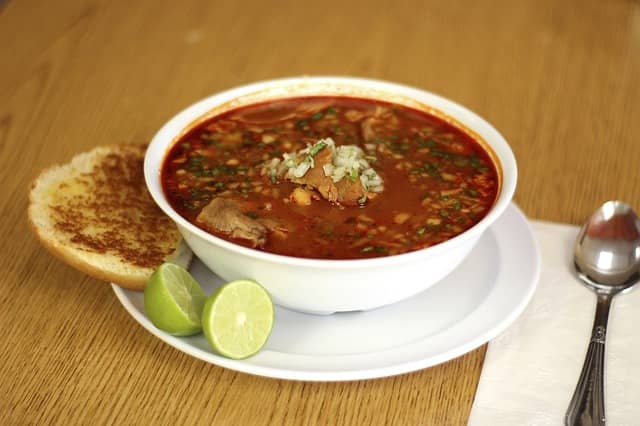Pozole: A Guide to Mexico's Iconic Soup
Looking to learn about pozole? This article covers everything you need to know about this iconic Mexican dish, including its history, ingredients, variations, and health benefits. Discover the rich and flavorful world of pozole and get ready to try making it at home!





